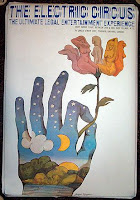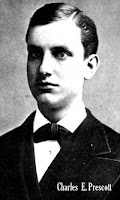What do the following beliefs have in common?
1. If interest on home mortgage loans were not deductible, only Americans who can pay cash would buy housing. All others would rent.
2. If donations to churches, schools and charities were not deductible, Americans would not support churches, schools and charities.
3. If investors seek high returns every year, with little volatility, fund managers such as Sam Israel and Bernard Madoff can produce them.
Each of those statements is (or was) widely believed by people who
chose to believe them, even though they don't make sense.
Home ownership represents security to many; anyway, the same number of dwellings would be built whether owned or rented. Churches, schools and charities receive funding from many who don't give a thought to tax deductions. And those high, always positive investment returns – well, you know what happened there.
See why Jim Gust's post about
a new round of tax reform doesn't get my hopes up?
If you insist on allowing hope to triumph over experience, see
Seven ways to reform a broken tax system. Then follow the
link Don Marron provides and read the historical background compiled by Gene Steuerle, who worked on the 1986 tax reform.


































